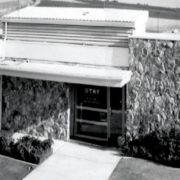Sixty-five years ago in 1955, six South Bay community leaders met at Christie’s Restaurant in Chula Vista to discuss ways to import water into the southern part of San Diego County. The shared vision of a plumber, civil engineer, an attorney, a newspaper publisher, and two regional landowners created the framework and found seed funding for what became the Otay Water District.

Spring Valley landowners Ralph W. Chapman and Fred J. Hansen led efforts along with Ray Coyle, vice chairman of the San Diego County Water Authority and publisher of the Chula Vista Star-News, in search of a solution for the South Bay’s declining quality and quantity of well water. Photo: Otay Water District
The district was formally established in 1956. The population served at the time was less than 1,200 people. Today, the Otay Water District provides safe, reliable water and wastewater services to more than 226,000 customers within approximately 125 square miles of southeastern San Diego County, including the communities of eastern Chula Vista, Bonita, Jamul, Spring Valley, Rancho San Diego, unincorporated areas of El Cajon and La Mesa, and east Otay Mesa along the international border of Mexico.
Commitment to service
“Serving customers for 65 years is something we take seriously. We take pride in our commitment to our customers,” said Otay Water District Board President Tim Smith. “We also value our employees because without them we couldn’t provide the high-quality customer service that we do. Through excellence, integrity, teamwork, and innovation, the District, its board, and staff work daily toward the same goal of ensuring a reliable water supply and sewer system and continuing to enhance our operational practices.”
The communities receive imported water supplied by the Metropolitan Water District of Southern California, the San Diego County Water Authority, and the Helix Water District.
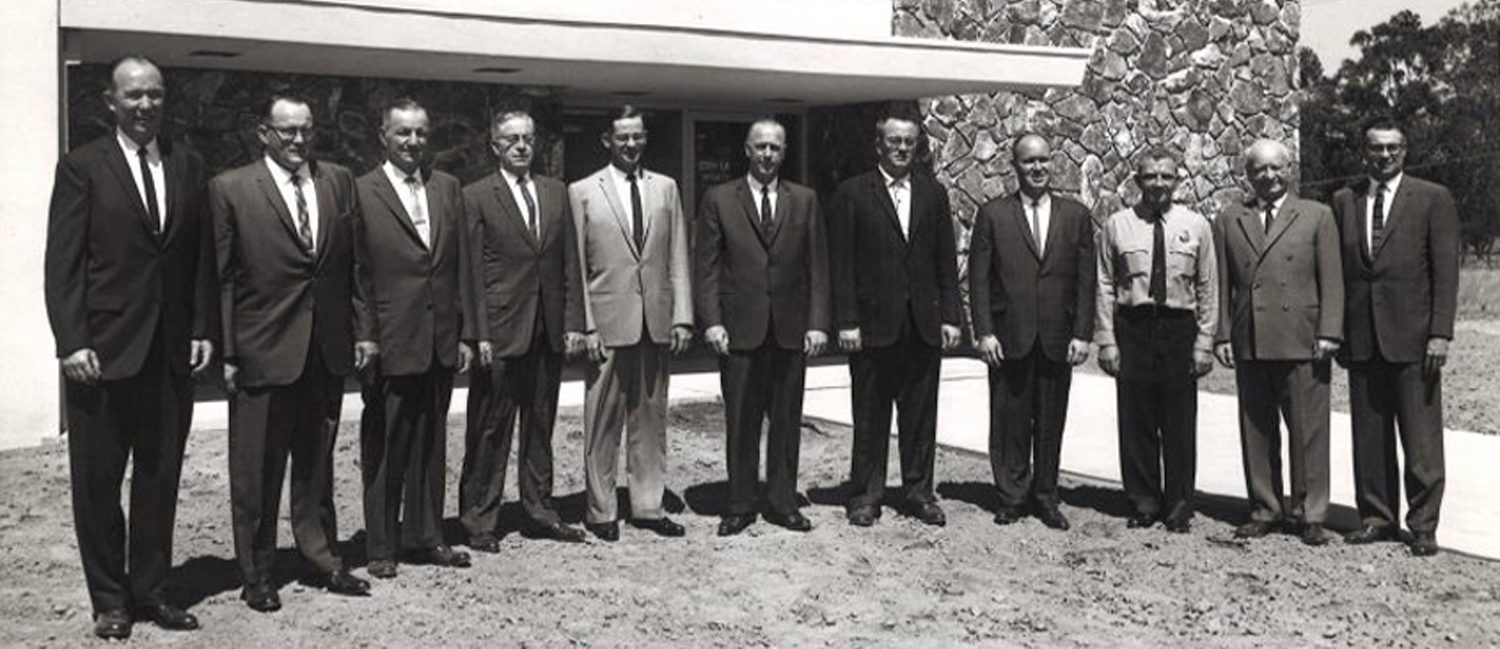
In 1995, both Boards of Directors voted unanimously to dissolve La Presa County Water District. Otay Municipal Water District took control of all La Presa’s assets and resources. Photo: Otay Water District
Key historic milestones
In 1969, the Helix Water District’s R.M. Levy Filtration Plant begins delivering filtered water to Otay customers.
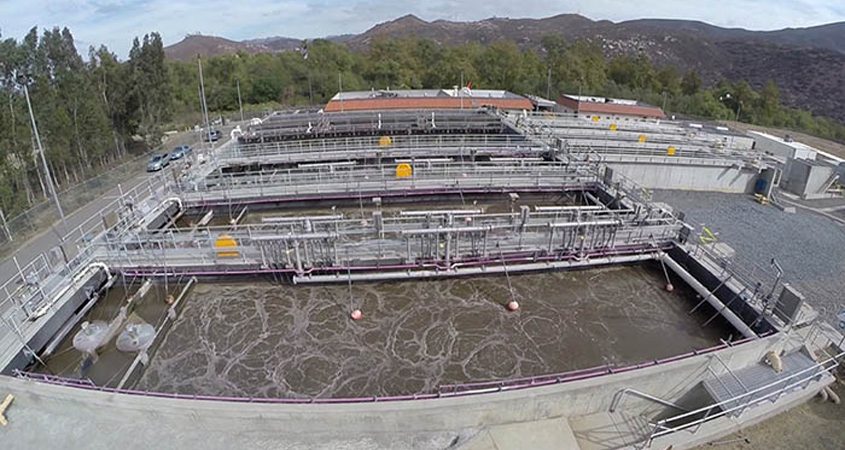
In 1979, the Ralph W. Chapman Water Recycling Facility was completed. Recycled water from the plant irrigates a portion of eastern Chula Vista. Photo: Otay Water District
In 1979, the Ralph W. Chapman Water Recycling Facility was completed. Recycled water from the plant irrigates a portion of eastern Chula Vista. It can produce up to 1.1 million gallons of recycled water per day. In 2017, the District invested in upgrades to the plant’s major service pipeline including advanced technology and monitoring software to preserve the life of the existing facility. This proactive maintenance is estimated to save ratepayers $8 million in repairs.
The Otay Water District signed an agreement in 2003 to purchase recycled water from the City of San Diego’s South Bay Water Reclamation Plant in San Ysidro. Twelve years later, the Carlsbad Desalination Plant begins operations including delivery of drinking water to Otay’s service area.
The District began taking advantage of manufacturer warranties to upgrade more than 49,600 automated meter reading registers originally installed between 2004 and 2012, saving ratepayers approximately $3.3 million in meter replacement costs. Using AMR meters reduces staff time and costs, improves safety, and makes use of historical water-use data to identify unexplained usage through leak, tamper, and back-flow detection alarms.
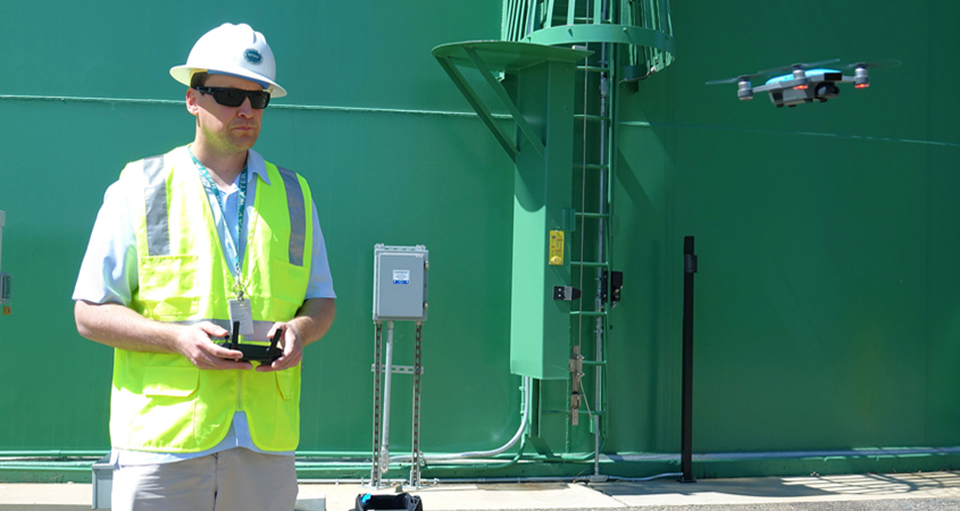
Alexander Schultz, Otay Water District geographic information systems technician, operates a drone in front of a district water storage tank. Photo: Otay Water District
In 2018, after a two-year study and evaluation period, Otay began using drones to assist with the preliminary inspection of water facilities, including 40 potable water reservoirs. Drone technology can provide time savings with initial inspections and allows for a safer examination process of the District’s assets.
Recruiting military veterans
Legislation co-sponsored by the San Diego County Water Authority and the Otay Water District was signed into law by California Governor Gavin Newsom in 2019, making it easier for military veterans to launch careers in the water industry. AB 1588, initiated by Otay Water District General Manager and U.S. Navy veteran Jose Martinez, updates the current water and wastewater certification system by giving military veterans credit for their experience and education that is applicable to the water industry. Veterans can enter the water workforce at a higher pay grade than was previously possible.
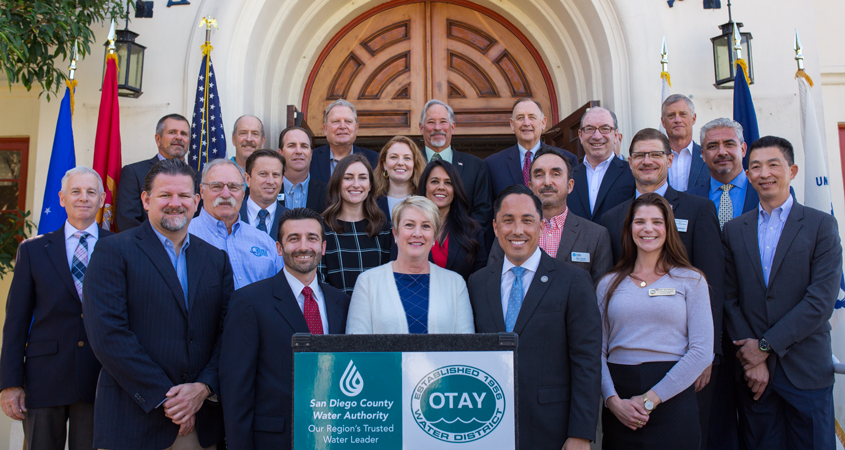
State legislators, water industry leaders, veteran advocates and business and community organizations gathered at the Veterans Museum in San Diego Oct. 16, 2019 to celebrate Gov. Gavin Newsom’s signing of Assembly Bill 1588 by Assemblymembers Todd Gloria (San Diego) and Adam Gray (Merced), and co-authored by several state legislators, including Assemblymember Tasha Boerner Horvath (Oceanside). The San Diego County Water Authority and the Otay Water District co-sponsored the bill to increase the number of military veterans entering the civilian water and wastewater industry at a time when many Baby Boomers are retiring. Photo: San Diego County Water Authority
Today, the Otay Water District is focused on reducing water waste and overall water use. San Diego County has been better prepared for drought than other parts of California in part due to the Otay Water District’s investment in conservation, water recycling, seawater desalination, and transitional storage over the past two decades.
“I’m proud to be part of and serve an agency like the District because as an organization, we strive to provide excellent water and wastewater service to our community, while at the same time managing operational efficiencies to minimize rates to our customers,” said Otay Water District General Manager Jose Martinez. “Throughout 65 years, we are one of the few water districts that still has room to grow; we have continued to ensure a reliable water supply to our increasing population, and we will continue to do so.”
The District remains as dedicated to community service as when it was founded. Responsible resource planning, sound fiscal management, respect for the environment, and paying close attention to its customers’ needs will ensure its future reflects its history.
(Editor’s note: The Otay Water District is one of the San Diego County Water Authority’s 24 member agencies that deliver water across the metropolitan San Diego region.)

